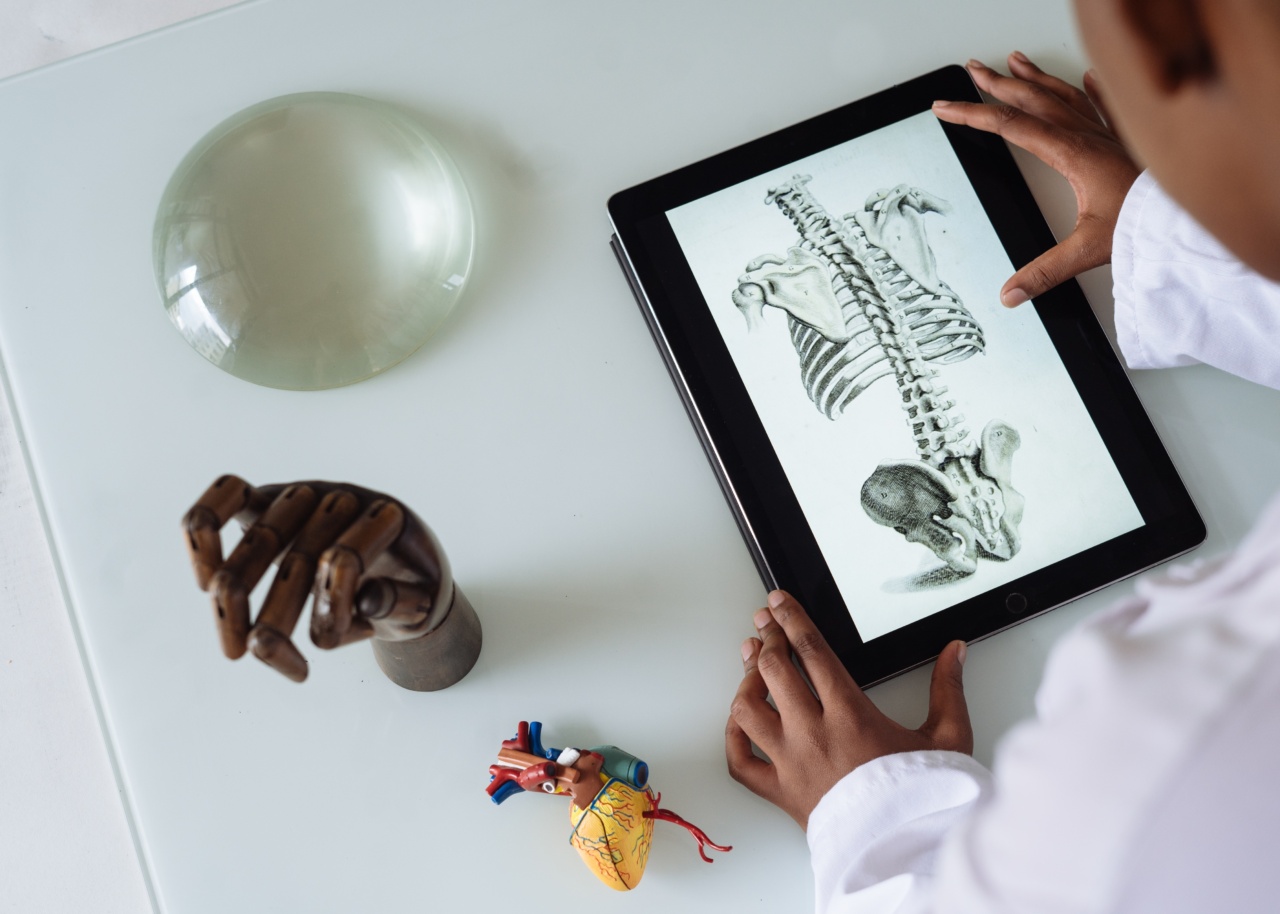Female pleasure has long been a subject of curiosity and study, and in recent years, scientists have made great strides in understanding the physical and physiological processes that underlie it.
In this article, we will delve into the anatomy of female pleasure, exploring the various parts of the body and systems that contribute to it, and examine what we currently know about how these systems work.
The Clitoris: The Key to Female Sexual Pleasure
The clitoris is a small, highly sensitive organ that lies at the front of the vulva (the external genitalia of the female reproductive system).
It is the primary source of sexual stimulation and pleasure in women, containing thousands of nerve endings that make it more sensitive than any other part of the female anatomy. The clitoris also serves as a key point of connection between the female genitalia and the rest of the body, with many women reporting that clitoral stimulation can lead to whole-body orgasms.
The G-Spot: Real or Myth?
The G-spot is a controversial topic in the realm of female pleasure.
Some women claim to experience intense pleasure and even orgasms from stimulation of a small area located along the front wall of the vagina, while others report no sensation or discomfort from this area. While there is no scientific consensus on the existence or location of the G-spot, some researchers suggest that it may be a part of the clitoral complex or a collection of nerve endings related to the pelvic floor muscles.
The Vulva: More Than Meets the Eye
The vulva is often referred to as the “external genitalia” of the female reproductive system, but it is much more complex than this simple description implies.
In addition to the clitoris, the vulva also includes the labia (the folds of skin that surround the vaginal opening), the vaginal opening itself, and the urethral opening (through which urine passes). Each of these areas is highly sensitive and can experience pleasure with the right kind of stimulation.
The Vagina: A Complex and Fascinating Organ
The vagina is perhaps the most misunderstood and underappreciated part of the female anatomy. While it is often thought of solely as a passageway for intercourse and childbirth, the vagina actually plays a critical role in female sexual pleasure.
It contains a rich network of nerve endings and blood vessels that make it highly responsive to stimulation and can create feelings of intense pleasure and arousal. Additionally, the vagina can expand and contract during arousal to accommodate different types of stimulation, making it a highly adaptable and versatile organ.
The Brain: Where It All Comes Together
While the physical aspects of female pleasure are critical, the brain plays an equally vital role in the experience of sexual pleasure.
The brain is responsible for interpreting the sensations that the body experiences, creating the feelings of pleasure and arousal that we associate with sex. It also plays a key role in regulating the complex hormonal processes that underlie female sexual response, including the production of estrogen and other sex hormones.
The Hormonal System: A Key Driver of Female Sexual Desire
The hormonal system is responsible for regulating a wide range of bodily processes, including female sexual desire and response.
When a woman is sexually aroused, her hormonal system responds by increasing levels of estrogen and other sex hormones, which can lead to increased blood flow to the genitals, increased vaginal lubrication, and other physical changes that contribute to sexual pleasure.
The Pelvic Floor: A Crucial Piece of the Puzzle
The pelvic floor is a group of muscles that support the internal organs and play a crucial role in female sexual function.
These muscles help to control the opening and closing of the vagina, and can contract and relax during sexual activity to enhance sensation and improve orgasmic intensity. In addition to sexual function, the pelvic floor also helps to prevent incontinence and supports overall pelvic health.
The Bottom Line: Female Pleasure Is Complex and Multi-Faceted
As we have seen, female pleasure is a complex and multi-faceted topic that involves a wide range of body systems and processes.
While we have made great strides in understanding the anatomy and physiology behind female pleasure, there is still much to learn and explore in this fascinating field. By continuing to study and understand how the female body works, we can help to improve sexual health and wellness for all women.



























